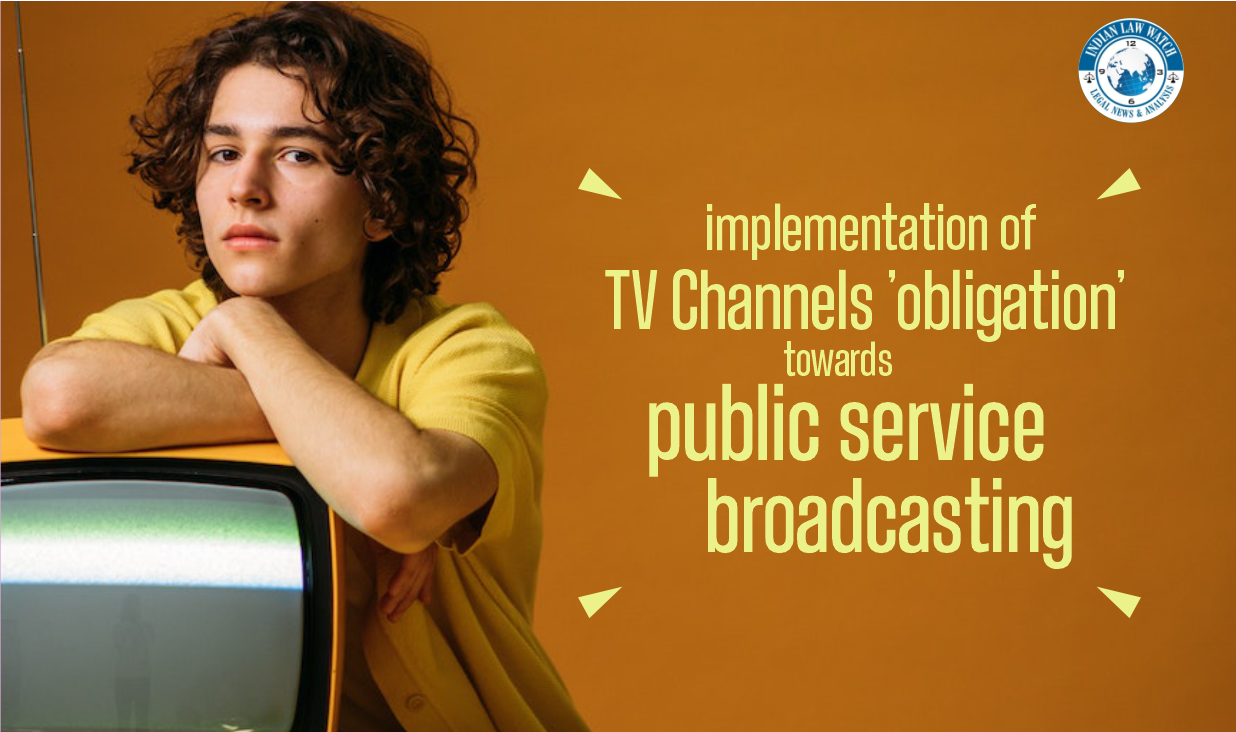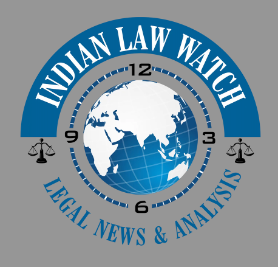
 The Ministry 2022 Guidelines, have consolidated all the previous guidelines into one simple legal framework which is more systemized to avoid duplication.
The Ministry 2022 Guidelines, have consolidated all the previous guidelines into one simple legal framework which is more systemized to avoid duplication.

-
The information and broadcasting ministry on Monday issued an advisory to private TV channels on the implementation of their “obligation” towards public service broadcasting which was included in the Guidelines for Uplinking and Downlinking of Satellite Television Channels in India, 2022.
-
The advisory was issued after consultations with private satellite TV channel broadcasters and their associations.
-
For now, compliance is voluntary and reporting will be through self-certification.
-
Monthly reports will have to be filed by all channels except those broadcasting more than 12 hours of sports, devotional/ spiritual content and yoga.
-
Eight issues of national interest have been identified for the purpose in the guidelines. But the advisory says this can be expanded to include subjects of social relevance like water conservation and disaster management.
-
The eight issues listed are education and spread of literacy; agriculture and rural development; health and family welfare; science and technology; welfare of women; welfare of the weaker sections of the society; protection of environment and of cultural heritage; and national integration. Channels have been advised to provide at least 30 minutes of public broadcasting daily. This can be staggered over the day but it will not be counted as public service broadcasting if telecast between midnight and 6am. Channels can share such content and also repeat the telecast.
-
Such content can also be embedded in programmes and public service broadcasting done between commercials will not be accounted for in the 12-minute per hour limit for advertisements. Channels will have to begin complying from March 1.
-
While the channels “may modulate” their public service broadcasting content, the rules issued last year make it clear that the “central government may, from time to time, issue general advisory to the channels for telecast of content in national interest, and the channel shall comply with the same’’.
-
The 2011 guidelines did not have such a prescriptive provision but the current dispensation is of the view that private broadcasters have an “obligation of public service broadcasting”.

The Supreme Court had in 1995, in the Union of India vs Cricket Association of Bengal case, had said: “Airwaves constitute public property and must be utilised for advancing public good. No individual has a right to utilise them at his choice and pleasure and for purposes of his choice including profit.”
Source: Telegraph India



